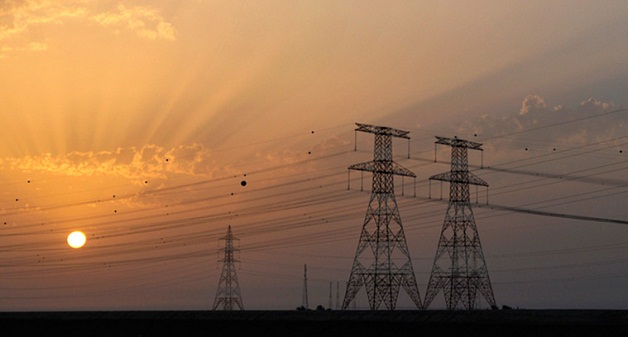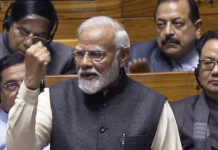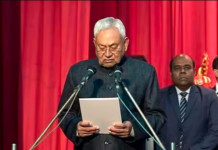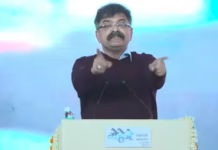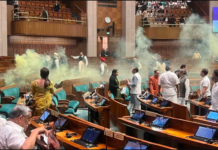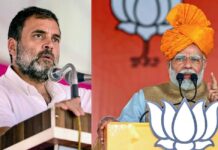A successful society is characterized by a rising living standards of its population, increasing investment in factories and basic infrastructure and the generation of additional surplus, which is invested in generating new discoveries. Infrastructure creates the form of a city and enables life to go on in a certain way. Investment in infrastructure and basic requirements of the residents of a place is a long term requirement for growth and a long term factor that will make growth sustainable. Sustainable development is the masterful balance of meaning our own needs without jeopardizing future generation’s ability to do the same.
The biggest determinant in our lives is culture, where we are born and what the environment looks like. But the second biggest determinant is probably governance, good governance, or a certain kind of governance makes a huge difference to our lives. What do we as a part of society want? Properly constructed roads, 24 hours clean drinking water supply, good infrastructure and 24*7 electricity supply, right? Every now then we see government policies changing, resulting in the change of lifestyle of people. Lately in Rajasthan, when The Rajasthan Electricity Regulatory Commission (RERC) announced a revised power tariff on Thursday, with an average hike of 9.6% in various consumer categories, to be made effective from September 1, people busted out in anger without understanding why this has been done.
It was on January 20, 2016, when the central government has amended the National Tariff Policy for electricity. The amendments focused on renewable energy and the sourcing of power. Talking about Rajasthan, The State Government led by former Chief Minister of the state, Shri Ashok Gehlot, under Financial Restructuring Program (FRP) 2012, committed that the State Discoms will request the RERC to increase power tariff each year. Due to this, the state witnessed a total hike of about 56% in three different hikes, whereas, the current state government has only increased the tariff twice.
But why is there a need to continuously increase the tariff for electricity in the state? Because it is becoming increasingly difficult for the state government to sustain power supply as the Discoms are having outstanding due payments in excess of RS 13000 crore towards the power generating companies. This happened because of the profligacy and financial mismanagement of the previous government, the Discoms, despite the tariff hike, will have a loss of abut RS. 1.25 Per unit in this year. The loss per unit was RS 3.65 per unit in the year 13-14 when the present government took over. Moreover, residents of a state really need to understand that the power tariff in each state in the country is revised by the respective State Electricity Regulatory Commission and there is no direct role of the state Governments in the power tariff hike. And even then, the state government is supporting the Discoms through various heads to the extent of about 15000 crore rupees annually.
“The commission agreed to the hike as proposed by the state discoms as they were quite conservative in their proposal. Moreover, the last revision of power rates was in February 15. This revision comes after a year and seven months and the discoms have already suffered huge losses in this time,” said G K Sharma, Secretary, RERC.
As soon as the news came out, the opposition, as usual didn’t wait to play their trump card of bad politics and influence people of the state. But all in vain! The commission clearly said that the full tariff increase sought by the state discoms, which has led to 11% to 12 % increase, is for all the consumer sectors except for agriculture, where the tariff rates are 5.5%. While the commission proposed this tariff increase, they showed a combined deficit of 10,021 crore rupees and the hike in tariffs will only help with 2993 crore rupees. The state government is still left with a deficit of Rs 7,029 crore even after the proposed hike. “The commission has reworked a deficit of Rs 3,383 crore at the existing tariff for this year, though some gap will remain for now,” said Sharma.
Now you know who’s at fault.


